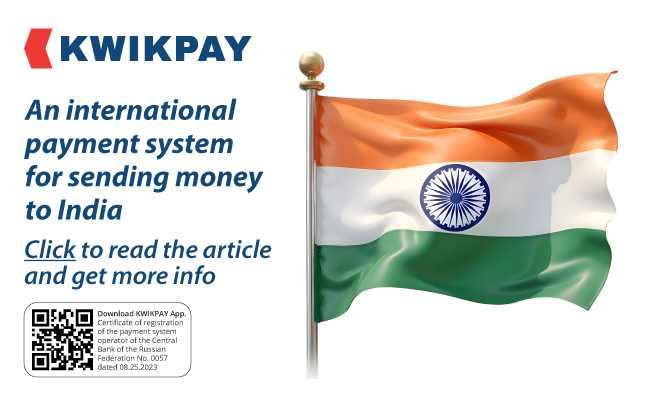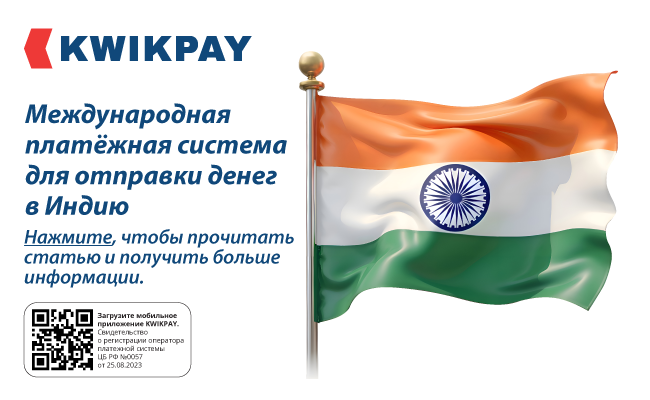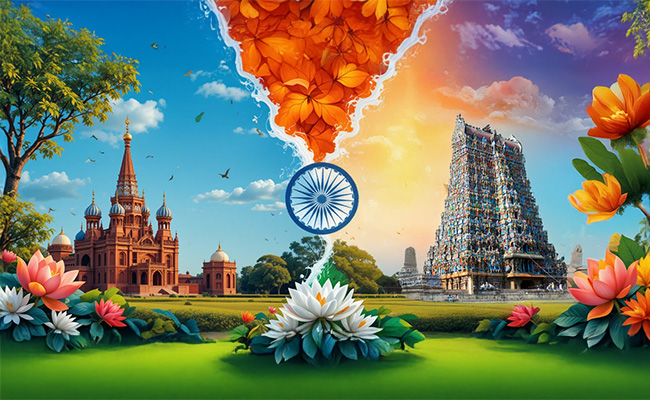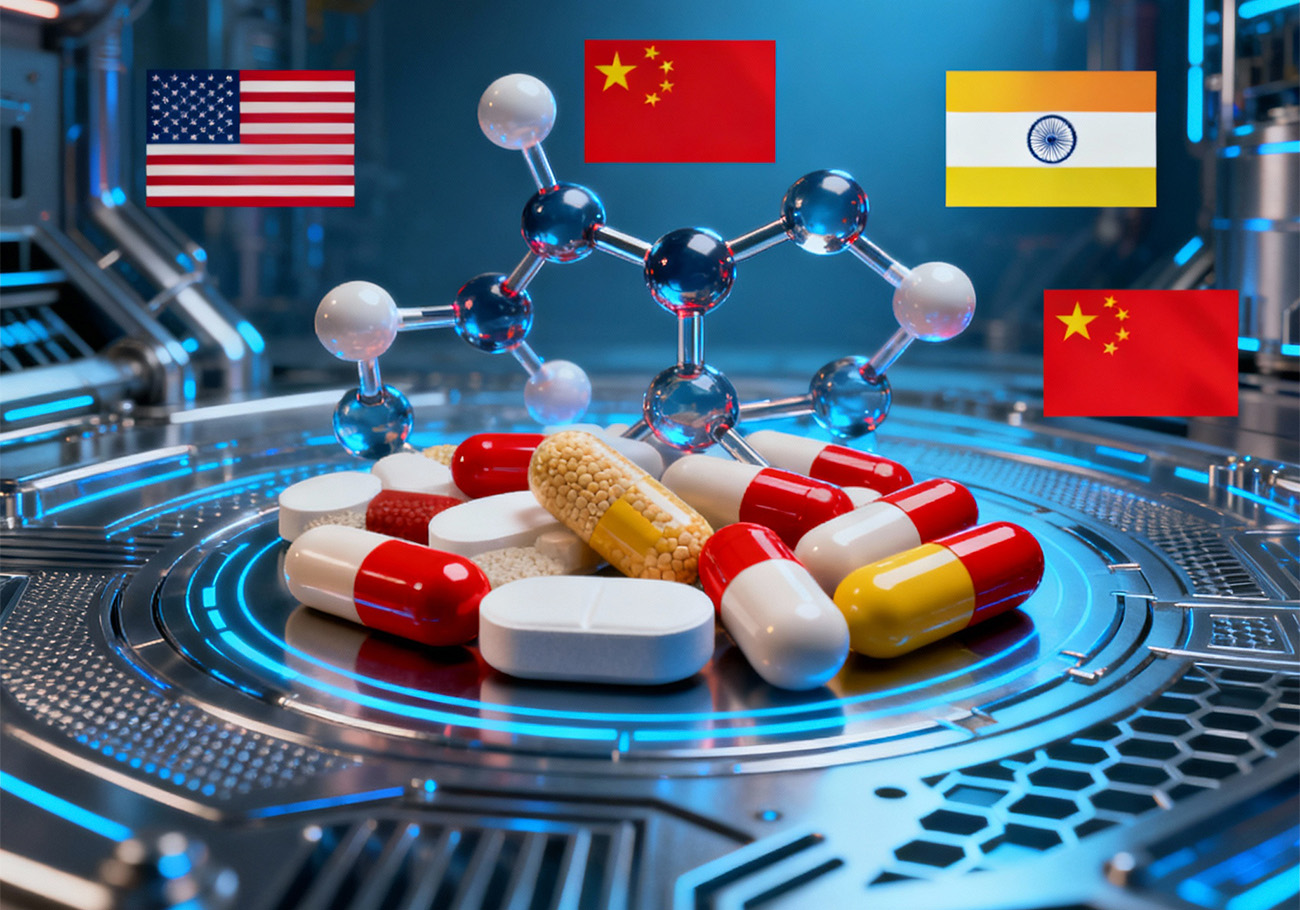






We have repeatedly (link 1, link 2) written about the American "pharma tragedy," the central theme of which is the huge growth of generic imports accompanied by the bankruptcy of American domestic manufacturers. Pharmaceutical imports to the US in physical units (not value-based, thus removing the inflation factor) increased sevenfold (!) from 2000 to 2024, reaching over 800 thousand metric tons. One indicator of the enormous tangled problems of the American pharma market is the fact that the newly elected, strongly anti-statist President D. Trump, who shrinks the government wherever possible, signed two decrees for strict government regulation of the drug market, including price controls, which is absolutely unthinkable under the traditions of the always "market-oriented" Republicans.
China and India are dominant players in the American pharmaceutical market. Yet China is truly known as the "world factory of pharmaceutical ingredients" because it supplies India with a significant portion of key starting materials (KSM), intermediates (IS), and active pharmaceutical ingredients (API), and is itself the largest exporter of generics. China also conducts laboratory research for American pharmaceutical companies by investigating new compounds and drugs and carries out clinical trials for American drug manufacturers. About 70% of the APIs attributed to India are actually APIs India obtains from China. Both the Indian pharmaceutical industry and the Indian government acknowledge that Indian pharmaceutical companies depend on China for about 65–70% of their KSMs, intermediates, and APIs. Considering India's secondary dependence on China, it is estimated that 46% of generics consumed in the US are produced in China.
To somewhat curb the influx from China, India uses government subsidies and other measures to reduce dependence on imports of Chinese ingredients. New laboratories in Gujarat and Uttarakhand, supported by India's four-year production incentive program, attracted about $51 million in investments as of March 2025. However, India's attempts to establish its own ecosystem in the pharma supply chain have provoked a strong competitive response from China in the form of dumping. China deliberately cut prices for 41 APIs and KSMs by 40–50% in the Indian market, pushing out competitors. Chinese laboratories lowered prices on key raw materials (potassium clavulanate and penicillin-G) to levels below production costs in India, the country with the lowest generic production costs globally and the number one generic supplier to the US. Even India, with its low production costs, cannot compete at such levels and remains one of the largest importers of Chinese KSMs.
Now let's outline the "theoretical basis" explaining China's successes in the pharma industry. It boils down to rejecting the once very popular and still influential theory of the post-industrial society. Back in 1973, the book "The Coming Post-Industrial Society" by Harvard professor Daniel Bell captivated the entire Western world, and the concept of post-industrialism permeated all social science textbooks. The popular futurist Alvin Toffler further refined the concept of post-industrialism or the information society in his books "Future Shock" (1970) and "The Third Wave" (1980), enriching it with cultural aura. Applied to the economy, social theory of the post-industrial society gave rise to the now somewhat forgotten but very popular in the early 2000s concept of the so-called "new" economy, which opposed the "old" economy based on processing material products as the main activity, i.e., industry was seen as an outdated sector, almost ballast for the progressive "creative," "intellectual," and other "knowledge economy" branches.
Fortunately for China, it did not listen to all this pseudo-scientific hype and did not believe the mythology of the "post-industrial" theory, which created a dominant economic worldview in the West for several decades, according to which a progressively advanced country is characterized by a shrinking share of material production and growth of intangible service sectors—finance, marketing, scientific research, media, advertising, etc. But the post-industrial economic meme has become so deeply ingrained in the worldview of the American establishment that today it must be forcibly uprooted by Trump's fierce protectionist policies and desperate attempts at reindustrialization and reshoring.
Meanwhile, as the post-industrial mythology worked, the entire US pharmaceutical ecosystem gradually shrank. Until the 1970s, most pharmaceutical products in the US were produced domestically. Starting in the 1970s, a significant portion of the US pharmaceutical industry moved to Puerto Rico in response to tax incentives and research credits. In the 1980s, pharmaceutical production moved to Western and Eastern Europe. However, by the late 1980s, drug production began to rise in developing countries, primarily in India and then China.
The pharma industry example shows that China not only did not abandon manufacturing, which was the foundation of its fantastic rise, but also complements it with all other stages of the technological chain. Both in the production of APIs for pharmaceutical drugs and in other industries, China wants to have a market position at the early stages of the product. Unlike the US, which chose its post-industrial niche in pharma as the final stage of finished product manufacturing, innovation, and intellectual property, China captures the entire extended technological chain from supplying raw materials to KSMs, intermediates, APIs, and further including its own finished product manufacturing and R&D.
In the overall supply chain, China's advantage is most pronounced in the upstream and middle segments — KSM → API → contract manufacturing laboratory capacities. Companies like Wuxi AppTec and Pharmaron are major players in the global pharmaceutical ecosystem, which includes large industrial parks, utilities, waste processing, and logistics. China applies a similar strategy not only in pharma but also in other industries. As a result, Chinese companies can reduce market prices to push competitors out, but once the competitors leave, they raise prices again.
China's dominance in biotechnology did not arise overnight. China's path to its current leadership in pharmaceutical material production initially started with basic chemical production. Gradually, China accumulated experience in producing pharmaceutical intermediates and then in full-scale production of active pharmaceutical ingredients. Chinese government five-year plans consistently regarded pharmaceutical manufacturing as a strategic sector, supported by favorable policies, infrastructure development, and financial incentives. China's accession to the World Trade Organization in 2001 accelerated the growth of its API industry. By producing large-scale, low-margin APIs for widely used medicines, Chinese companies were able to capture a growing share of both the domestic and US markets. China gradually conquered significant market share in the West and eventually took a dominant position in API production. China was able to scale production, reinvest profits, accumulate technical expertise, and later switch to more complex biological production.
China's dominant role in the pharmaceutical market was formed over several decades. It resulted from a well-thought-out, phased strategy starting with low-cost pharmaceutical production, then expanding to clinical trials, research, and talent development. Beijing's state industrial policy combined with its willingness to economize on safety, labor, and environmental standards created an artificial cost advantage eagerly exploited by multinational corporations.